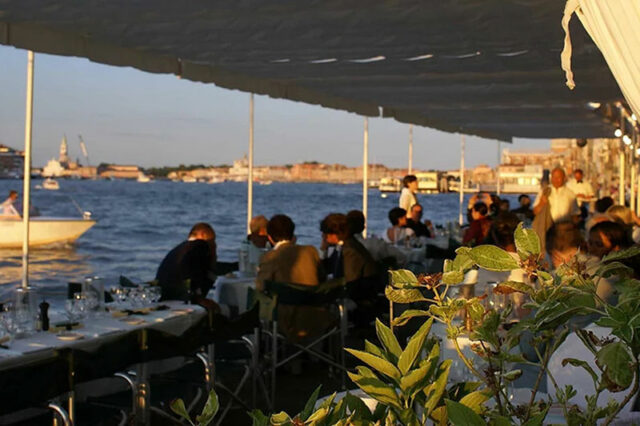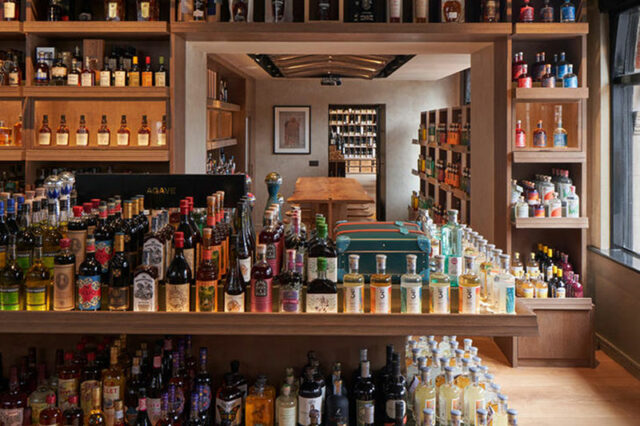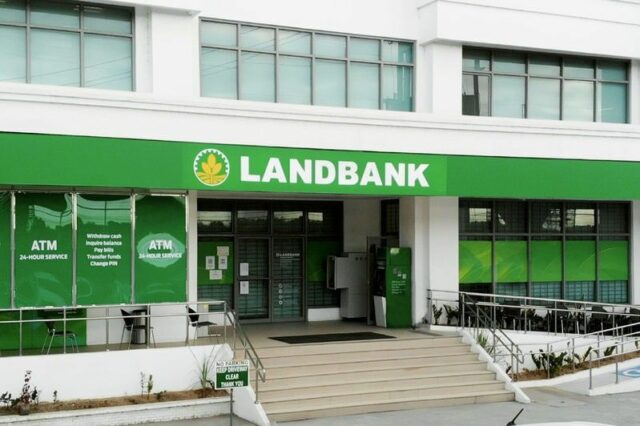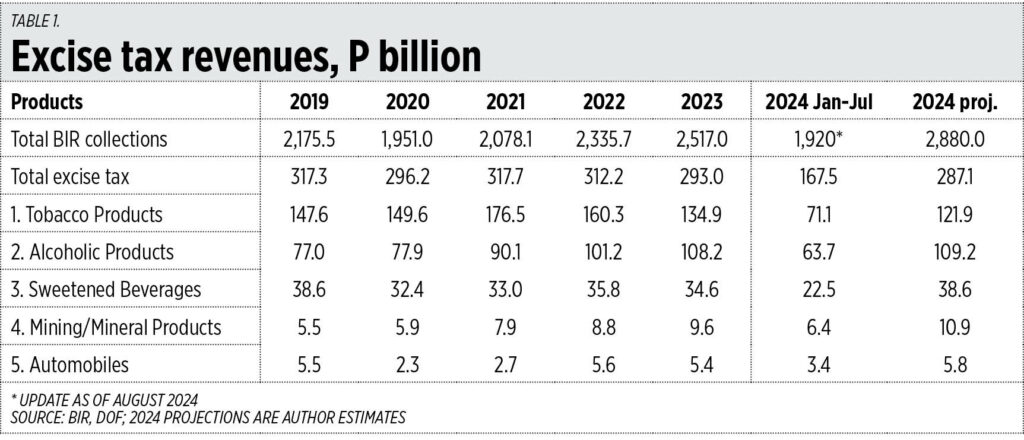GoTyme Bank deposits hit P19 billion
GOTYME BANK reached P19 billion in deposits as of August, driven by improved customer acquisition.
The Gokongwei-led digital bank saw its customers surge by about 300,000 to 4 million in August, which drove the increase in its deposits, it said.
This puts it on track to reach its target to have P20-billion deposits and 5.2 million in customers by yearend.
“I think we had our biggest customer acquisition month in August. I think this third, fourth quarter we should average over that,” GoTyme Bank President and Chief Executive Officer (CEO) Nathaniel D. Clarke said.
With the bank continuing to onboard more new customers, he said he does not expect the impending entry of more digital lenders to have a significant impact on the industry.
The Bangko Sentral ng Pilipinas’ (BSP) policy-setting Monetary Board in August approved the lifting of the moratorium on digital banking licenses, allowing four more digital banks to operate in the country starting next year.
The four additional licenses may come from either new applicants or banks seeking to convert their existing license to a digital one.
“I don’t think it significantly changes the competitive dynamics because today, the cap of six has not prevented other new digital-first entrants,” Mr. Clarke said.
“To that end, we don’t see that the market will really change given that there’s been a workaround and we’re already playing in a market that has those players… If ever, it’s only going to serve for heightened awareness and faster adoption because there are more players that will make people aware — and comparison and competition is always good,” GoTyme Co-CEO and Chief Commercial Officer Albert Raymund O. Tinio added.
He said new entrants are also unlikely to affect their business significantly.
“We don’t believe it’s an issue of access to licenses. There are 450 [banks]. We think it’s all about executing well — offering a differentiated, beautiful customer experience, offering the right products, and making them accessible,” Mr. Tinio said.
It would also take these new players some time before they can launch their operations, he added.
“Maybe it will be quicker for some of the existing players because they already have operators, but a minimum of six months. So it’s not going to change. And it’s going to be harder. By then we have another three or four million customers,” Mr. Clarke said.
SALARY LOANS, CREDIT CARD
Meanwhile, GoTyme Bank plans to boost its consumer lending business through a salary loan product following its acquisition of SAVii in May and the launch of a QR-based credit card, Mr. Clarke said.
The bank will roll out a limited, invite-only pilot of its salary loan product by December, he said.
“SAVii has their existing payroll salary loan. That’s their main [product]. They also do overall financial wellness with the employees of the companies they partner with, so they also give insurance and offer savings. Over time, we will strengthen that joint employee-employer proposition. But for now, we’ve started to support them with some receivables purchasing. So, we’re bringing some of their loans to our balance sheet,” Mr. Clarke said.
“There’s a good marriage between the accounts that SAVii serves and the enterprise accounts that we’ve currently gotten onboard in our survey. So, there’s an opportunity to provide leads across SAVii and GoTyme,” Mr. Tinio added.
Currently, the digital bank’s only loan product offering is a micro, small, and medium enterprise loan through its partnership with merchant payments solutions provider PayMongo Philippines, Inc.
Meanwhile, for the QR-based card, Mr. Clarke said GoTyme Bank will launch an employee-only pilot by yearend and then an initial rollout exclusively for its “best” customers by the first quarter of 2025.
The lender is also waiting for BSP approval for a virtual asset service provider license as it wants to launch investment and cryptocurrency features on its platform. Mr. Clarke said they hope to get the regulator’s green light before 2024 ends.
GoTyme Bank is a partnership between the Gokongwei group, which holds a 60% stake, and Singapore-based digital banking group Tyme, which has 40%. It is one of six online banks currently operating in the country. — Aaron Michael C. Sy














